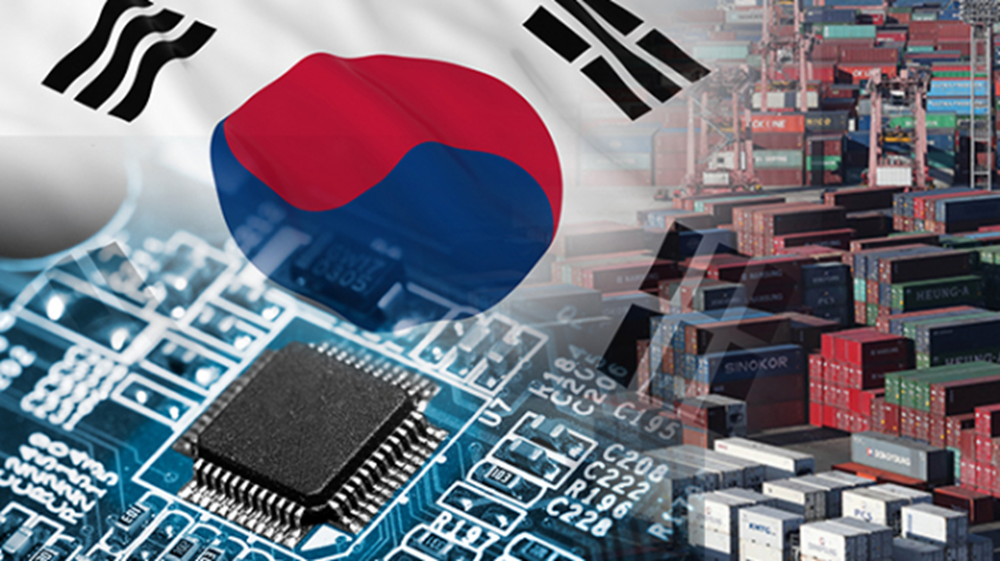To support the development of the semi industry, South Korean Ministry of Finance announced on 27 Nov that it plans to launch 14 trillion won (about US$10 billion) in low-interest loans next year.

These loans will be provided through state-owned banks, of which the Korea Development Bank will provide 4.25 trillion won in financing.
It is reported that in response to external risks, the South Korean government is discussing with the National Assembly to help manufacturers minimize the burden of infrastructure projects in the chip park. For example, the power transmission line project costs 3 trillion won, and the Ministry of Finance's loan plan will provide 1.8 trillion won in financing for laying underground power transmission lines to provide support for companies entering the new chip industry park in Yongin City.
As we all know, South Korea is home to top memory chip manufacturers SK Hynix and Samsung Electronics. The two major manufacturers are currently building semiconductor clusters in Yongin and Pyeongtaek, south of Seoul, respectively, to attract chip equipment manufacturers and fabless IC design companies to invest.
Among them, SK Hynix Yongin Semiconductor Cluster has invested 120 trillion won and covers an area of 4.15 million square meters, equivalent to about 580 football fields. It will cover four state-of-the-art semiconductor manufacturing plants and a semiconductor cooperation complex. According to SK Hynix's plan, the project plans to start construction of the first factory in March next year and be completed in early 2027.
Pyeongtaek Park is Samsung Electronics' semiconductor base. According to the plan, Samsung Electronics will build six semiconductor factories in the park to create the world's largest semiconductor center. Among them, P1, P2 and P3 factories have been built, and the construction of P4 and P5 factories is underway.
Recently, there are reports that Samsung has decided to adjust the capacity allocation of the first phase of the P4 production line in the Pyeongtaek Park, changing it from pure NAND Flash production to NAND Flash + DRAM production to cope with changes in market demand. The news also pointed out that some NAND flash memory production equipment has been stationed in the first phase of P4. Samsung Electronics plans to increase the NAND production capacity of the production line to 10,000 wafers per month by the end of the year. At the same time, the first phase of P4 is expected to have a monthly production capacity of 30,000 to 40,000 DRAMs in the future.
